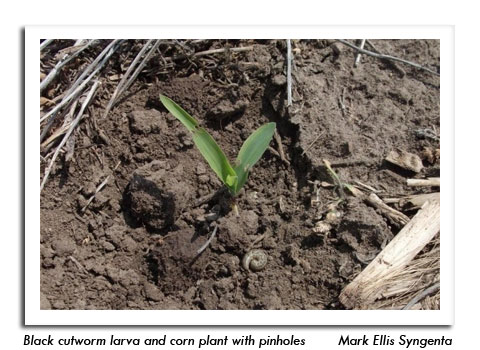
 |
|
|
Looking Ahead
Volume 58 Number 5 Date 05/30/2013 ALFALFA WEEVIL - Larval counts have increased markedly in the last reporting period. Surveys yielded an average of 61 per 100 sweeps compared to 22 per 100 sweeps last week. Damage has become more pronounced and is expected to intensify in the week ahead. Alfalfa should be harvested once the rain subsides to limit larval feeding and prevent the need for insecticidal control. POTATO LEAFHOPPER - Migrants are distributed in very low numbers across the southern two-thirds of the state. The average in the past week was only 4 per 100 sweeps, with a high count of 12 per 100 sweeps noted near Lake Mills in Jefferson County. Nymphs could begin appearing in sweep net collections by the second or third week in June. EUROPEAN CORN BORER - The first moths of the spring flight were collected in the Prairie du Chien black light trap on May 20. Based on the European corn borer degree day model, the majority of moths are likely to emerge from June 8-14 at advanced southern sites and from June 14-21 in the central counties. TRUE ARMYWORM - Larvae were swept in low numbers from alfalfa in Dane and Rock counties from May 23-29. The ¼- ½ inch caterpillars are the offspring of moths that arrived earlier this month. Black light traps also registered 53 moths in the past week and growers should anticipate more armyworms appearing in fields by early to mid-June. BLACK CUTWORM - Damp field conditions and delayed weed control may contribute to localized black cutworm problems in the next several weeks. The primary cutting period began on May 28 in southern Wisconsin and could extend through late June this year. Close inspection of corn (including Bt hybrids) for evidence of cutworm feeding is imperative from emergence through the V-4 stage. Pinholes in corn leaves are an early indicator of potential cutting. -- Krista Hamilton, DATCP Entomologist 





|
|
|